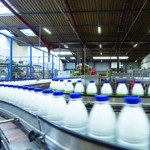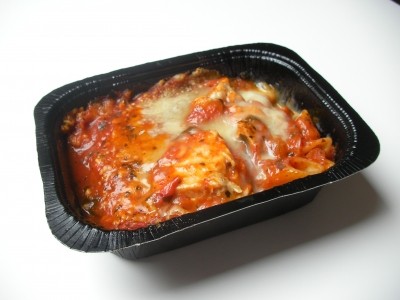Aseptic use in UK to remain modest

The study, published by Zenith International and Warrick Research, predicts just 1.4% annual growth in the volumes of food and drink products filled aseptically in the UK up to 2016. By far the largest category, non-dairy beverages will see volumes rise from 1,452 to 1,578M litres (2.1% year-on-year) over the next four years.
Aseptic dairy other than white milk will grow at the same rate, almost catching up with shrinking milk volumes of 318Ml by 2016. Aseptically filled food will show the highest growth rate of 3.8% a year, but from a much lower base, hitting just 29Ml by the end of the forecast period.
David Warrick of Warrick Research said: "Historically, the most successful market for aseptic packaging in the UK has been fruit juices and juice drinks. In the past few years, this market has been static, due to both the economic situation and a shift to other drinks."
Regarding dairy products, he said: "Retailers may well prefer ambient products because distribution costs are much lower, but the consumer demand has not been there. The quality of long-life aseptically filled dairy products has improved, but they may need to go in the chill cabinet for consumer acceptance."
New products which offered good potential for aseptic filling included protein drinks and juice-dairy blends, said Warrick. "Otherwise, growth in beverages will be driven by the large companies gradually increasing their use of aseptics, which they regard as superior to hot filling and the use of preservatives."
Comparing it with conventional filling, he said: "Capital costs are still higher, and probably the running costs, but the difference is less than even a few years ago."
He contrasted the UK with some continental markets. "In France and Spain, for example, demand is mainly for ambient aseptically filled product, but in these countries, the market is now mature with little growth," he said.
The fastest development of aseptic filling markets, the report predicts, will not be in Europe at all, but in south and south-eastern Asia, where growth of 11% a year is expected. In China, the lower figure of 3.5% is forecast.
The Report on Global Aseptic Packaging studies markets in 35 countries, outlines technical developments and profiles equipment suppliers.













